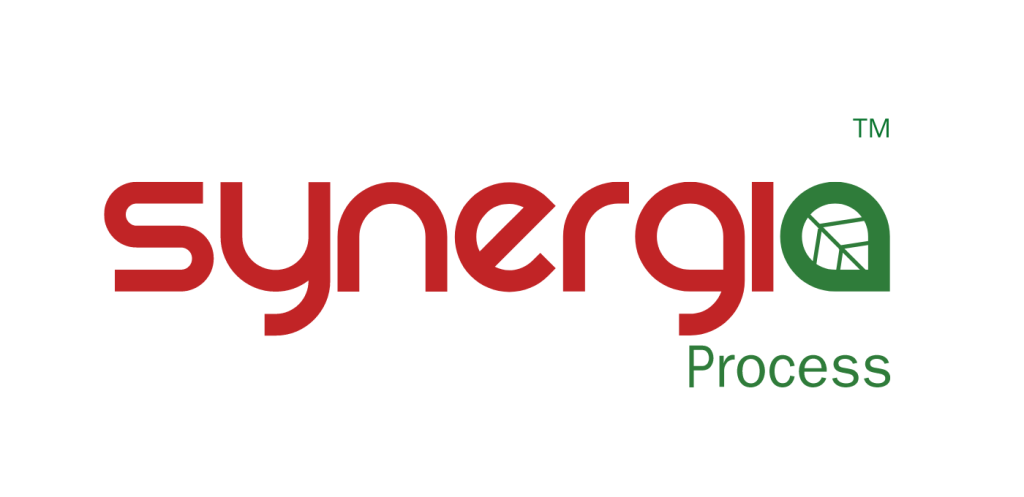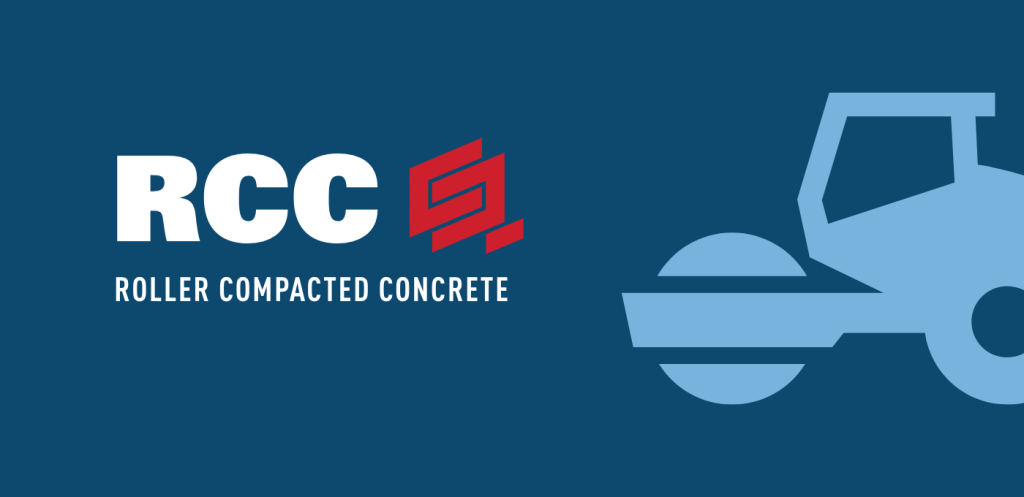- Cement
- Construction
- Sustainable development
-
-
Sustainable development
-
-
- About Us
- Contact Us
Cement
Production
> Cement > Production
Cement production 101
Cement is a fine powder that, when mixed with aggregates, sand and water, becomes concrete, the most popular construction material in the world. Cement, a basic material in construction, is found everywhere.
At Ciment Quebec Inc. (CQI), we are dedicated to making the best cement. This comes through the skills of our employees and the quality of our raw materials and equipment. Our Synergia™production process requires 30% less energy and generates up to 10% fewer harmful emissions during production than any other cement available in the market. Given this, we are able to produce eco-efficient, high-quality cement.
Eco-Efficient Production Process
Click the image to find and follow all the steps involved in producing cement.

The stone is first reduced to 125mm, then to 65mm, and then stored.
Quarry (A-B-C)
Limestone and other raw materials used in producing cement are extracted. At Ciment Quebec Inc., the main quarry is adjacent to the cement plant and provides more than 90% of the raw materials used. This way, materials do not have to travel over great distances. This reduces transportation-related greenhouse gas emissions. Regular sampling of the limestone during each phase of quarry operations enables CQI to have a clear understanding of the chemical composition of the material to optimize the limestone extraction through drilling and blasting operations.
Crushers (D-E)
Limestone is reduced in size as it moves through primary and secondary crushers.

Preparing raw materials
Prehomogenization-Homogenization (F-G)
The material is passed through a continuous analyzer advanced neutron-generation technology—a technique that is much safer than the traditional isotope sources of nuclear isotopes generally used in traditional continuous analyzers. The stone is chemically analyzed on a continuous, real-time basis, which allows precise dosage of high and low calcium carbonate content stone as required by the standards.
This mix is then improved using a reclaiming scrapper, which is a giant spreading system that samples materials and forms a highly homogeneous mixture. Other samples are taken immediately to be analyzed in the laboratory.

Raw materials are dried, reduced to a powder and homogenized.
Roller Crusher (H)
The mix of stones and other components is pulverized using the roller crusher, which results in a fine stone powder called raw meal. The heat recovered from the pre-heating tower is used to dry the raw meal and to extract the material outside the crusher.


Clinker dust collection system
Dust Removal (K-P-V)
Some 50 dust removers are installed strategically throughout the plant. The dust is recovered and re-used in the production process. All dust collectors have leak detectors and other instruments that allow control room operators to constantly monitor operations. An alarm informs operators in the event of malfunction. The equipment is quickly identified and repaired. As for all other machines in the process, the control system enables process engineers to access data and trend graphs related to operation settings and dust removers during the previous days and weeks.
This information is used to follow changes in the function of dust collectors and other equipment, which facilitates the planning of preventive maintenance.
Homogenization
Upon exiting the crusher, the raw meal is stored in silos where it is constantly moved by powerful air blasts to homogenize the mixture.

Heating and cooling
Pre-Heating (R-DD)
Next Steps are part of the Synergia™ process, which is exclusive to CQI. To learn more about this process, please visit Synergia™.
Once the raw meal arrives at the pre-heating tower, new quality tests are conducted.
The pre-heating tower provides benefits. It saves considerable amounts of energy. CQI is the only cement plant in the Province of Quebec to have invested in this type of equipment.
At the pre-heating tower, a series of cyclones stacked on each other transfer the energy between the hot gas and the raw meal. In under 30 seconds, the raw meal heats up from 90ºC to 900ºC, and calcination occurs during this short phase in the extended calcining furnace, where more than 60% of total heat energy is introduced in the process.
Eco-Furnace
Heating the raw meal is an operation that requires much energy and fuel. Cement plants are generally run using fossil fuels, such as coal, oil, and natural gas.
To reduce its carbon footprint and the use of these fuels, CQI added a solid fuel reactor known as an Eco-Furnace. Through the hot gases produced from the remains in the cooking circuit, this reactor burns various solid materials, such as used tires. The heat generated through combustion in the reactor is introduced into the cooking circuit, thereby reducing the use of traditional fossil fuels.
As a pioneer in the cement industry, the company was the second in the world to acquire this type of equipment in 2005. Only six were in operation internationally in 2012. Subsequently, CQI has reduced its use of conventional fuels by converting materials that would otherwise end up in landfills into an alternative. Additionnally, our process conserves from dry material disposal sites and helps to reduce the environmental impact of industrial waste.
The energy generated by the eco-furnace is a clean technology whose efficiency has been certified through stringent and regular environmental tests.
Waste Material Recycling Centre
With the great success of the Eco-Furnace, CQI has continued developing its alternative fuels by making major investments to adapt the process for using waste materials and to equip its facilities for receiving, processing, storing dosing, and combusting other non-recyclable materials that would otherwise end up in landfills. These facilities are grouped together under the name Waste Material Recycling Centre.
Here, wood, paper, cardboard and plastic waste (that are not kept by redemption centres) are processed. By transforming those products into a fuel format that has the power to fully heat the pyro-processing requirements, these materials further reduce the cement plant’s dependency on fossil fuels.
The Waste Material Recycling Centre includes a second line of preparation, which primarily processes post-construction asphalt shingles and treated wood pieces like old railway ties, and electric or telephone poles.
These installations made the Saint-Basile cement plant ot the forefront of North America cement plants in the field of alternative fuels. Not only does the company find an advantage at reducing its heat energy load, it also significantly reduces its carbon footprint. In fact, the combustion of these alternative materials produces fewer greenhouse gases and other pollutants than traditional fossil fuels, providing the company with an effective tool to help meet the targets for reduced emissions imposed by the cap-and-trade system put in place by the Quebec government.
Finally, recycling the energy of these materials directly benefits the company, since it means less waste is going to the landfills.
Kiln (S)
After calcination during the preheating step, the hot raw meal is put into the rotary kiln to melt at a temperature around 1450ºC, thanks to a powerful multi-fuel burner of the latest technology. At this step (liquid phase), the different oxides (lime, magnesium, aluminium, sulphur, iron, etc.) that made up the raw material recombine into a crystallographic structure different from the original one. The new material is then quickly cooled to achieve optimal crystal formation to produce very-high-quality cements.
At this stage, through the rotary effect of the kiln, the dust of the raw meal is liquefied and then cooled to form the little pellets known as clinker.
CQI’s rotary kiln, 4.9m diameter and 42.7m long, has one of the smallest length/diameter ratios in the world. With its plant’s ultra-efficient pre-heating tower, there is no need for a large oven to produce the heat required for making the clinker. This way, energy losses are also prevented.
Clinker Cooler (T)
The molten clinker is quickly cooled in a cooler. The hot gases generated at this stage in the clinker cooler are recovered and re-used in the pyro-processing circuit, which, in turn, recovers heat, thereby improving the circuit’s energy efficiency.
Clinker samples are taken to ensure product quality control.

The clinker added to the gypsum is grounded.
Bar Mill (Y)
The clinker is grounded in a series of steel bars rotary mills, and is mixed with the gypsum, limestone and other cementitous materials based on the recipe of the different cement products that we produce. More samples are taken at this step by the laboratory. All cement mills are equipped with coolers to lower the temperature of the cement, thus helping the cement producer reach the temperatures required on the different sites that it serves.

Storing and shipping the cement.
Cement Silos and Transportation
Upon leaving the mills, the cement is pneumatically transported to silos where it is stored before being delivered in bags, semi-bulk, or bulk. It can be transported by truck, train or boat. St-Basile Transport, a subsidiary in charge of the Transportation Division, takes care of planning, and manages the logistics of shipping the cement. With a large fleet of tanker-trucks and experienced employees who focus on client delivery date requirements, St-Basile Transport on a daily basis strengthens the tie between CQI and its clients.
To ensure an adequate level of traceability of the delivered products, cement samples are taken upon loading, and specifically identified with this load. These samples are stored for future reference, as needed, ensuring that the cement was delivered in compliance with the quality standards.
Continuous Air Emissions Sampler (N-W)
The Ministère du Développement durable, de l’Environnement et de la Lutte contre les changements climatiques (MDDELCC) regulates air quality. Its regulations define air-quality criteria to protect human health, and minimize disturbances, as well as the effects on the ecosystem. Having the latest technology, CQI completely complies with this regulation.
At the chimney of the cement plant, a Fourier transform infrared spectrometer (FTIR) constantly takes measurements and analyzes air emissions in real time. This information is sent to control room computers. If the measurements exceed programmed regulatory settings, alarms notify control room personnel so that the situation can be quickly corrected.
In addition to the constant and precise monitoring of the chimney via this device, independent laboratories take samples on an annual basis to provide in situ characterizations of the chimney emissions. Independent sampling allows CQI to continuously corroborate internal information collected from our process and ensures compliance with the MDDELCC’s needs regarding the Industrial Waste Registry (IWR).
The following substances are analyzed: oxygen (O), carbon dioxide (CO2), carbon monoxide (CO), hydrochloric acid (HCl), nitrogen oxide (NOx), sulfur dioxide (SO2), fine particles (PM2.5), and measurements related to dioxins and furans.
The IWR regulations also require that a destruction test is carried out every year. To perform this test, CQI introduces into its pyroprocess a precise volume of a gaseous compound called SF6, which is classified as the third most difficult compound to be destroyed by heat from a list of more than 300 compounds. Since there is no SF6 concentration in our raw materials or in our fuels, if the independent laboratory that conducts the destruction test measures a trace of SF6 in the chimney emissions, then it is easy to determine the destructive efficiency of this compound through the process.
The Saint-Basile cement plant’s pyroprocess has demonstrated many times its incredible destructive efficiency, which is far superior to the requirement imposed by the MDDELCC.
With its Synergia™ process, CQI produces low-emission cement that fully complies with the existing regulations.
Cement
We produce eco-efficient cements of the highest quality.
At Ciment Quebec Inc. we are committed to manufacture the best cements. We achieve this through the skills of our dedicated employees, the high quality of the materials we select and with the technology we use for manufacturing. Our cement manufacturing process Synergia™ requires 30 % less energy and generates up to 10 % less polluting emissions than other cements available on the market. This enables us to produce eco-efficient cements of the highest quality.

